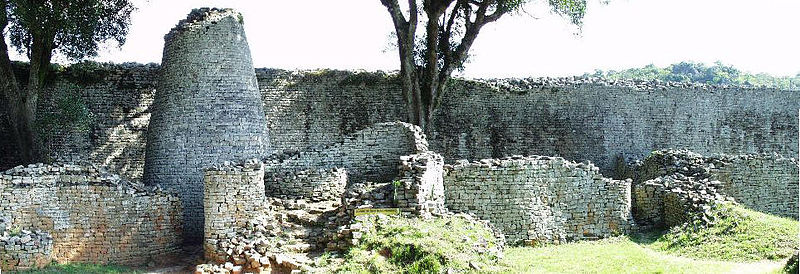Great Zimbabwe
Located within the state of
The origins of Great Zimbabwe are somewhat mysterious and up for debate, although the most common belief is that they hosted the Bantu civilization. The city rose during the 11th century and continued to grow in influence until its collapse during the 15th century. It reached a population of more than 20,000 people during its peak and was so prolific with trade that artifacts from as far away as
This site is made even more interesting by the fact that it was built completely without benefit of mortar, the stones made in such a way as to balance properly to hold their integrity. There are several key areas that define Great Zimbabwe, including the Great Enclosure, the Hill Complex and the Valley Complex. The Great Enclosure was erected later in the history of the city and houses many residential and community buildings, all within a wall that is more than 35 feet tall in some places. The Hill Complex was believed to have been the first seat of royal power in the city. It sits atop a granite dome, overlooking the rest of the site and consists of many residential and ceremonial enclosures. The Valley Complex was the last development of the city before its collapse and consists mainly of living areas.
Unfortunately, much of the city’s history and culture remain a mystery, as the majority of the artifacts at the site were stolen by treasure hunters during the 19th century. Still, a museum sits at the site, displaying what artifacts are left and educating people on what is known of the city. Visitors can get a guided tour of the site, a journey that takes around three hours due to the sheer size of the city. And while there, there are many other things to see within the borders of
Great
